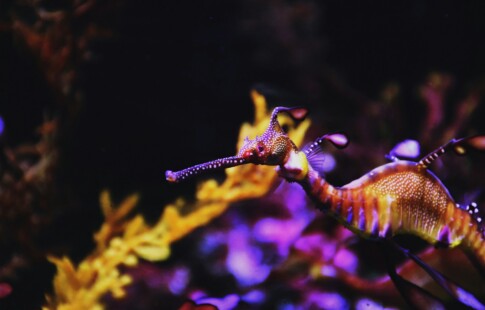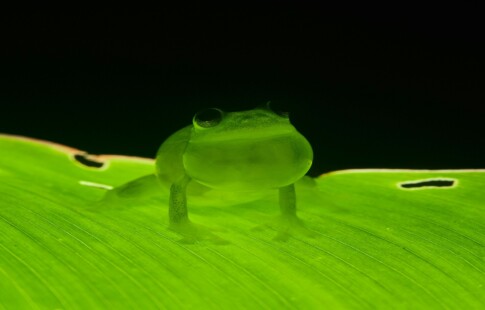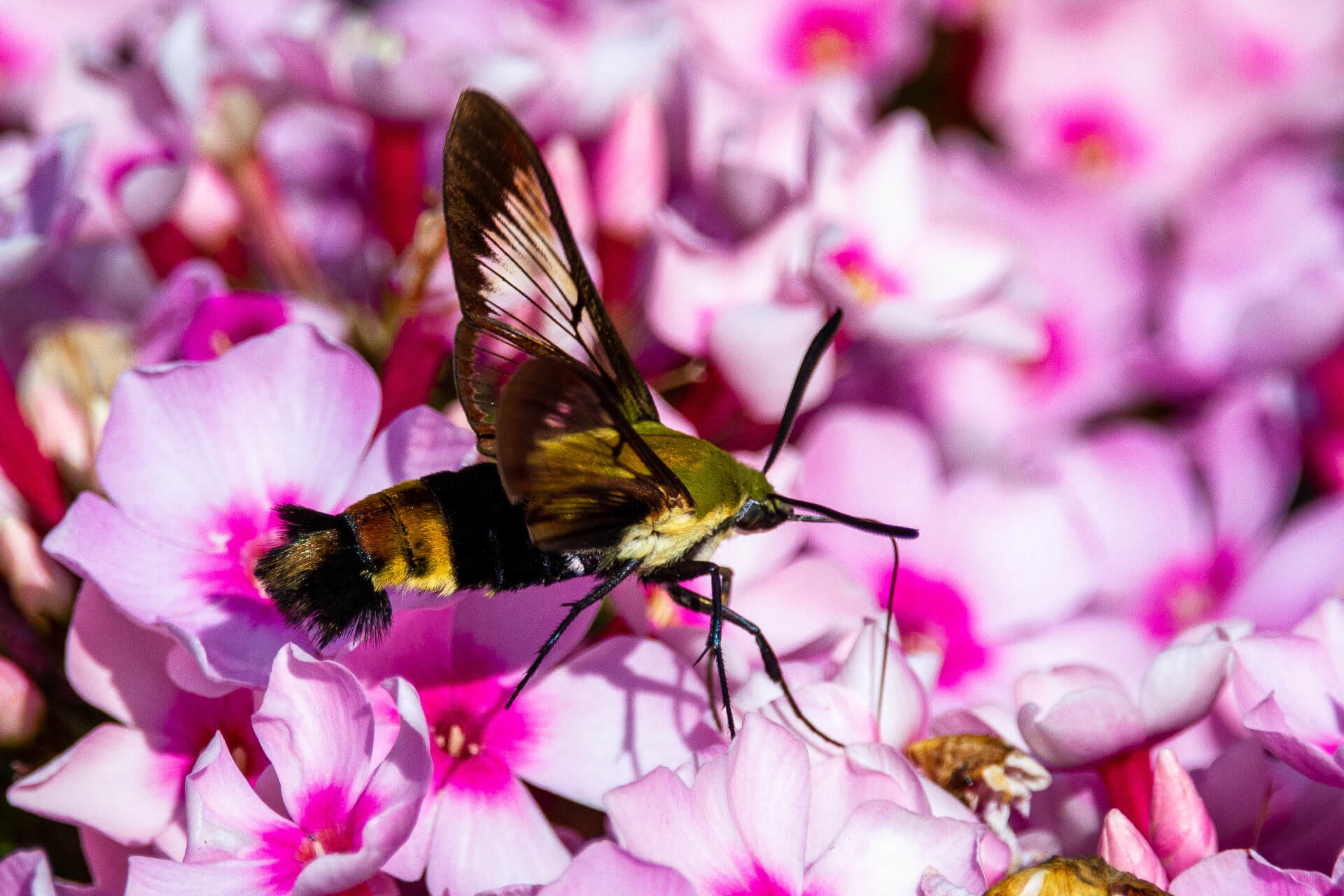
What Is a Hummingbird Moth?
We are reader-supported. When you buy through links on our site, we may earn affiliate commission.
Is that a hummingbird, or is it a moth? It’s hard to tell, seeing as both species are so small and fast, flitting in and out of flowers like their life depends on it — it kind of does. However, what you might be seeing is the hybrid species, the hummingbird moth. Their strange appearance might initially confuse you, causing you to wonder if they should or shouldn’t be in your beautiful flowers. Learn more about what a hummingbird moth is and what you should do if you see one.
What Is a Hummingbird Moth?
The hummingbird moth goes by a few names, including the hawk or sphinx moth. These names encapsulate over 100 different species of hummingbird moth with varying rarities in North America alone, such as the:
- Hummingbird clearwing
- Broad-bordered bee hawk-moth
- Snowberry clearwing
- White-lined sphinx
- Rocky mountain clearwing
They have plump, furry-looking bodies with scaly wings and red and brown coloring ranging from one to two inches long. Prominent antennae stick out of their head. They even sound like hummingbirds, letting out a characteristic droning sound as they rapidly patter their wings. You can find them in temperature but generally cooler climates, with spreads as far as Japan, the United States, and Portugal, hovering about just like a hummingbird would. They are not dangerous to humans.
Most are active during the day, but a few species are predominantly active at night. Hummingbird moths come from primarily two caterpillars — the tomato and tobacco hornworms. You can make a safe assumption about their favorite foods based on their name. Unfortunately for the hummingbird moth’s public image, it doesn’t start in the best way as they inhale nightshade plants in their caterpillar stages.
Home gardeners and agricultural experts alike want them gone — at least for now. At later stages in the hummingbird moth’s life, farmers might change their tune.
Wait, I Think I’ve Heard of the Hummingbird Moth?
Hummingbird moths had a weird moment in popular culture due to the 1991 classic film “Silence of the Lambs.” The movie’s poster features one of the most iconic symbols in the story — the death’s head hawk-moth. This is a type of hummingbird moth. Though the moth on the poster is not the authentic markings of the creature, people do not realize their first interaction with this moth is associated with this film.
Because the moths were so plot-critical, they did not scrimp on giving them the treatment they deserved. Trivia sources tout they were shipped to the studio first-class in “special living quarters” that were set to the perfect temperature for their comfort.
Are Hummingbird Moths Good for Anything?
Once the caterpillar emerges as a moth, that’s when you may want to reconsider. Just like the birds they are named after, hummingbird moths pollinate plants. They feed on nectar with their long tongue-like appendage, known as proboscis. It’s the closest thing a moth could get to a beak without forming one. Check out honeysuckles and snowberries to see if they are floating around.
In an era where bee extinction is a question, every plant needs as many pollinators as it can surround itself with. The caterpillars might damage a few tomato plants in their youth, but the number of crops and flowers they aid during their adult life is notable.
It takes around seven weeks for a caterpillar to grow and pupate, with the moth’s life span ranging from three to seven months, depending on the species. The cost-benefit analysis shows farmers may prefer having the moths around in the long term. Tempt them by planting tasty tube- or bell-shaped flowers around your plots.
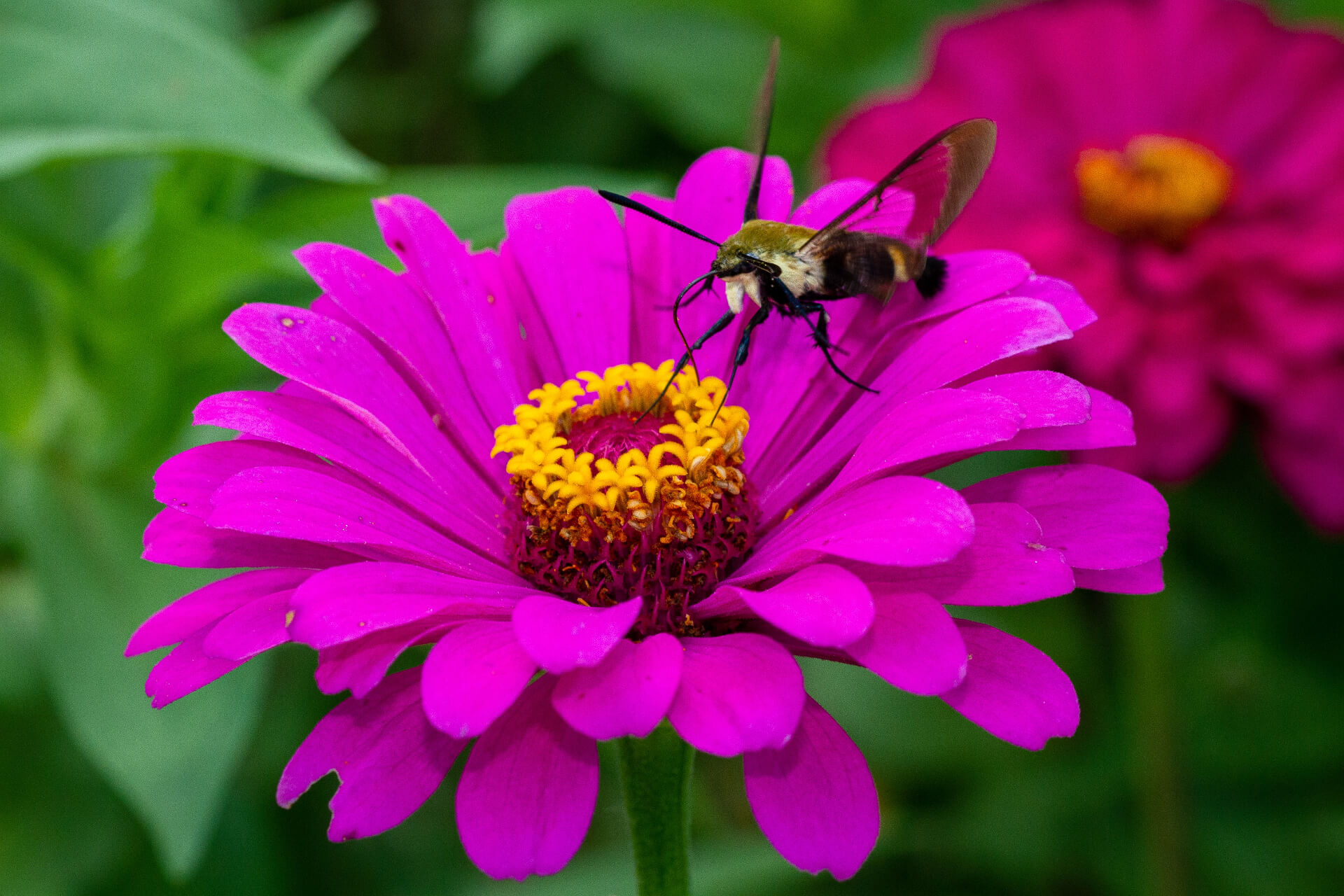
How Are Hummingbird Moths Doing Amid Climate Change?
According to the IUCN Red List, none of the species of hummingbird moths are endangered, but people should still be aware of how they are doing. Some species are declining, though experts are not fearful of them yet.
This does not mean hummingbird moth species will not change in the face of a changing climate. Warming temperatures may adjust their migration patterns, shifting what regions they do and don’t populate. Areas used to having them around may see an absence as they move to more comfortable places. Shifts like this alter reproductive patterns.
Their behavior changes have a butterfly effect on other species that are potentially struggling already during the climate crisis. For example, some birds feed off of the caterpillars. As moths migrate and crops receive less attention or grow differently from varied weather, some birds and other animals needing them as a food source might have to look elsewhere. The impacts branch out, influencing more species than just the butterfly moths.
How Can You Help Hummingbird Moths?
Knowing that they are not bad for your yard and plants is a significant first step to normalizing the presence of hummingbird moths. People might be scared because they think it’s an adorable hummingbird flitting around, but upon closer inspection, they get a little fearful of the moth’s strange eyes. To attract the hummingbird moth to your residence, here are a few things you can do to keep them healthy.
First, avoid chemicals. Their sense of smell is strong, and lacing grasses and plants with overwhelming pesticides and chemicals could make them fly away to another property. Instead, use more natural solutions for pest and weed management. Removing these smells is step one. Step two involves planting sweet-smelling flowers to invite them over. Jasmine is an excellent example of a pungent flower hummingbird moths love.
Secondly, hummingbird moths don’t care about the color red — they focus more on flower shape and smell. Consider this if you want to see hummingbird moths enter your yard.
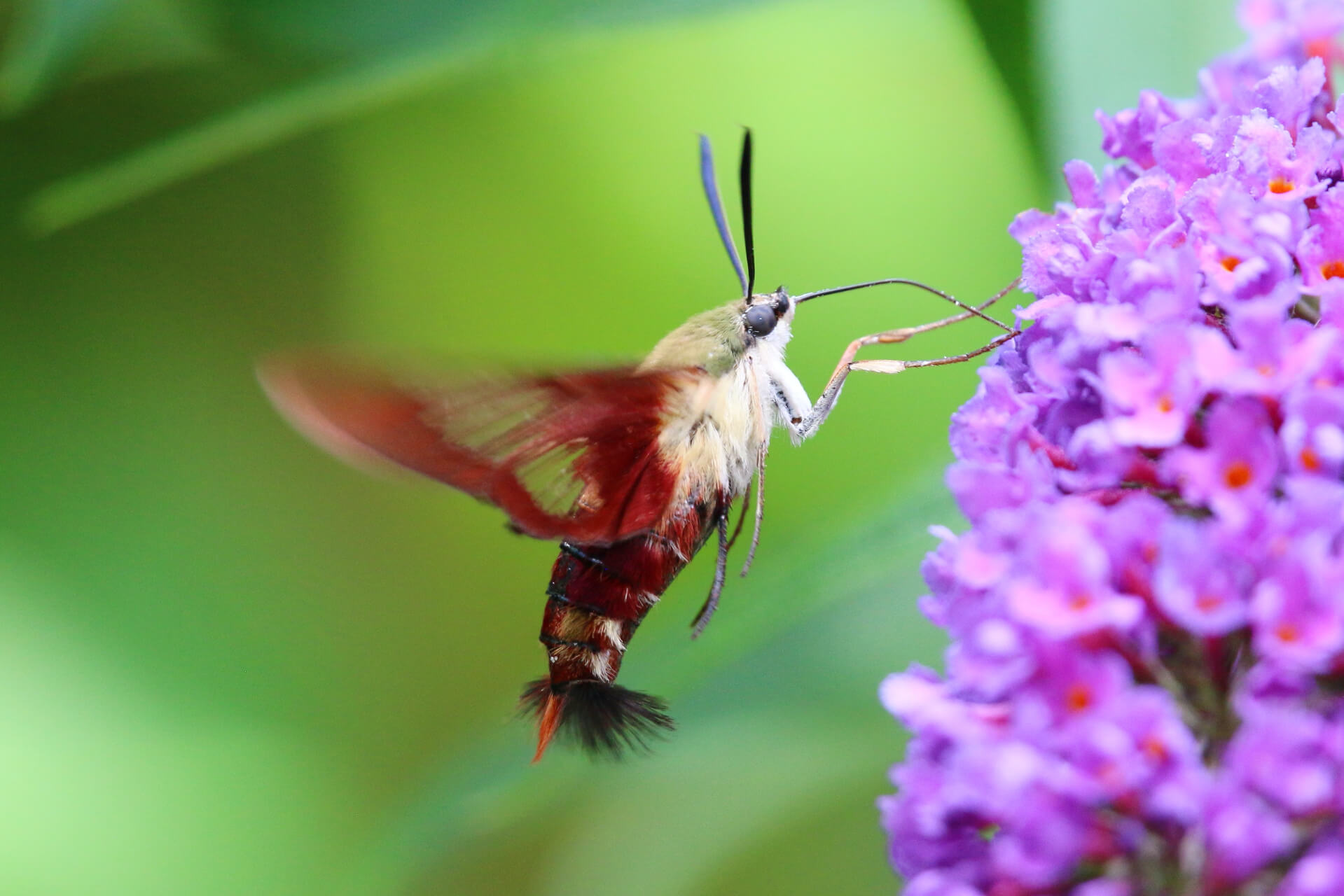
What Is a Hummingbird Moth to the Planet?
The hummingbird moth is an understated pollinator and vital to plant growth. Do not be startled if you see a slightly fuzzier hummingbird-looking creature — they do not harm people. Instead, you should invite them to your green spaces if you have them. Give them a place to flourish while giving back to the planet. In doing so, more people become aware of their utility, hopefully keeping their numbers safe and high enough to avoid endangerment.
Share on
Like what you read? Join other Environment.co readers!
Get the latest updates on our planet by subscribing to the Environment.co newsletter!
About the author

Jane Marsh
Starting from an early age, Jane Marsh loved all animals and became a budding environmentalist. Now, Jane works as the Editor-in-Chief of Environment.co where she covers topics related to climate policy, renewable energy, the food industry, and more.


